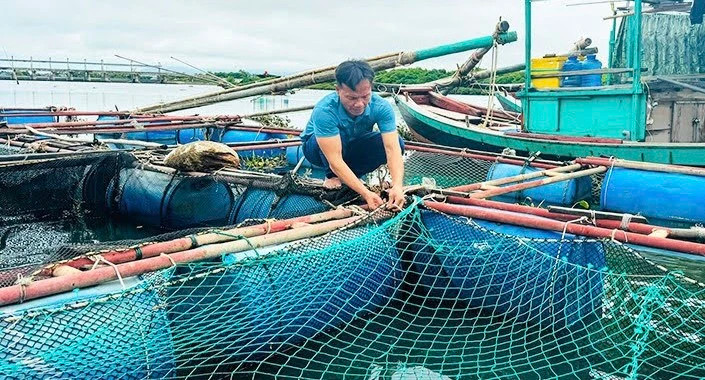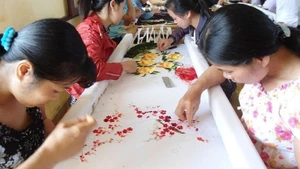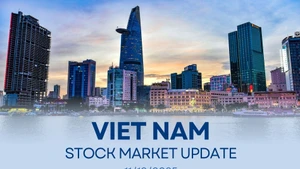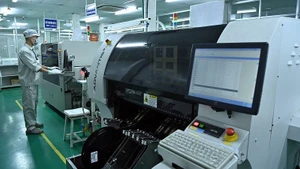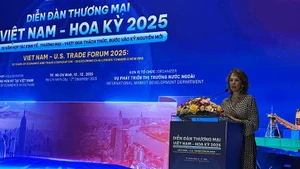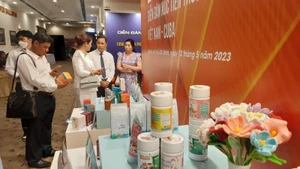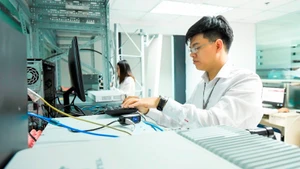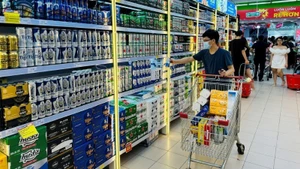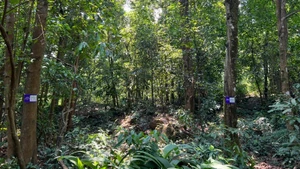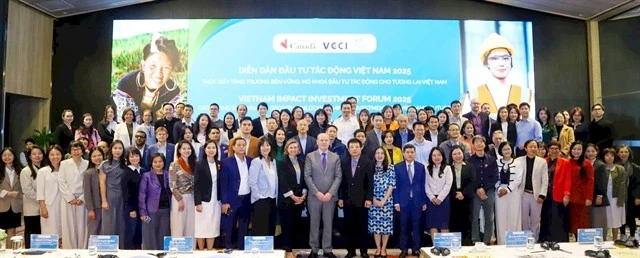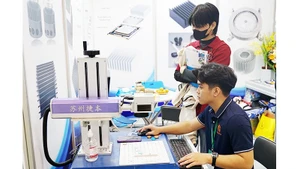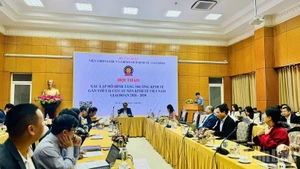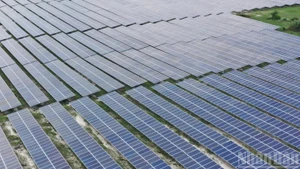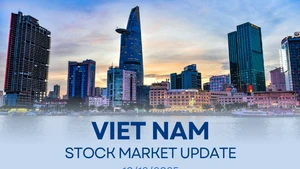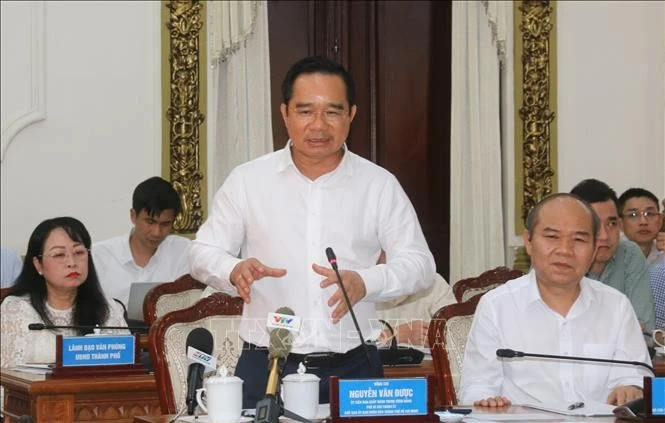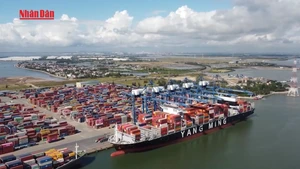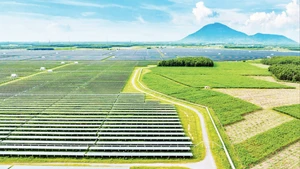With its coastal location, abundant water resources, and supportive policies from the government, the province's aquaculture industry has continuously developed, helping to increase people's income and contributing to the overall development of the economy. However, besides the successes, this industry is also facing many challenges.
Ha Tinh is a coastal province with a large area and rich aquatic resources. In particular, coastal districts such as Ky Anh, Cam Xuyen, Thach Ha, and Ky Anh have strongly developed the aquaculture model, with many types of farmed objects such as white-leg shrimp, cage fish, clams, oysters and other aquatic products.
In 2024, the province's aquatic product output is estimated to reach 55,770 tons, of which aquaculture output accounts for about 16,373 tons, growing steadily every year. This is one of the industries that contribute significantly to the province's economy, especially since the industry has focused on developing towards industrialisation and modernisation.
Over the past year, many households and units have applied advanced aquaculture models, helping to increase output and economic efficiency. These models not only contribute to the development of the aquatic product industry but also create jobs for thousands of rural workers, increasing the export value of aquatic products in the province.
One of the aquaculture models that has developed strongly in Ha Tinh is the white-leg shrimp farming model. White-leg shrimp is the main farming object in coastal districts such as Ky Anh and Cam Xuyen. The white-leg shrimp farming model is increasingly developing thanks to its ability to grow quickly, adapt easily to the farming environment, and especially have high economic value.
Households in Ky Anh have applied advanced technical measures such as using water treatment systems and biological products to prevent diseases and ensure the health of shrimp. At the same time, they also comply with VietGAP standards so that the products have good quality, meeting the requirements of domestic and foreign markets.
One of the factors contributing to the success of this model is the support from the government and economic organisations. Local authorities have created conditions for aquaculture households to access loan programs, technology transfer and product quality certification standards.
Besides shrimp, cage fish are also a strongly developing aquaculture species in Ha Tinh. Cage fish farming models are mainly deployed in areas with large rivers and streams, such as Huong Son and Thach Ha. Cage fish farming not only takes advantage of available resources but also reduces investment costs compared to other aquaculture methods.
Cage fish farmers have applied new technical advances, from water quality management to fish breed selection and appropriate diet. Thanks to that, this model has brought high economic efficiency and has the potential to develop strongly in the coming years.
In addition to shrimp and fish, the clam and mussel farming model in coastal lagoons has also proven to be highly effective. Households in Ky Anh and Cam Xuyen districts have applied the clam and mussel farming model, which not only brings stable income but also contributes to protecting the ecological environment.
This model takes advantage of natural advantages, helps improve water quality and protects the coast from erosion. In addition to bringing a stable source of income to people, this model also helps develop ecotourism, where tourists can visit and experience the aquaculture process. This is a new direction combining aquaculture development and environmental protection.
Although the Ha Tinh aquaculture industry has achieved many goals, it still faces many challenges. One of the biggest problems is disease in aquatic products, especially shrimp. Diseases have directly affected the output and quality of products, causing heavy losses to farming households.
In addition, climate change is also a factor that has a significant impact on the aquaculture industry. Extreme weather, strong winds and waves, and fluctuations in seawater temperature can reduce aquaculture productivity and increase the risk of disease. Water pollution issues are also gradually becoming a major concern for the aquaculture industry.
To address the above challenges, the Ha Tinh aquaculture industry needs to continue to promote management and apply science and technology to production. Developing sustainable aquaculture models, applying high technology, and managing the aquaculture environment well will help limit diseases and increase output.
In addition, local authorities need to continue to support people and businesses in accessing capital, transferring technology, and training human resources. Strengthening the linkage between farming households and processing enterprises will create a sustainable value chain, helping Ha Tinh seafood expand its domestic and foreign consumption markets.
In the future, Ha Tinh's aquaculture industry will continue to develop strongly, with effective farming models, high-quality products and stable markets.
In particular, with the great potential of developing eco-tourism combined with aquaculture, this industry promises to make an important contribution to the socio-economic development of the province in the coming years. Ha Tinh's aquaculture industry has made strong progress in recent times, with many effective models, bringing high economic value to the people.
However, for the aquaculture industry to develop sustainably, there needs to be synchronous solutions in management, technology application, and environmental protection. With the support of the government and the community, Ha Tinh's aquaculture industry will continue to be one of the key economic sectors, contributing to promoting the overall development of the province.
